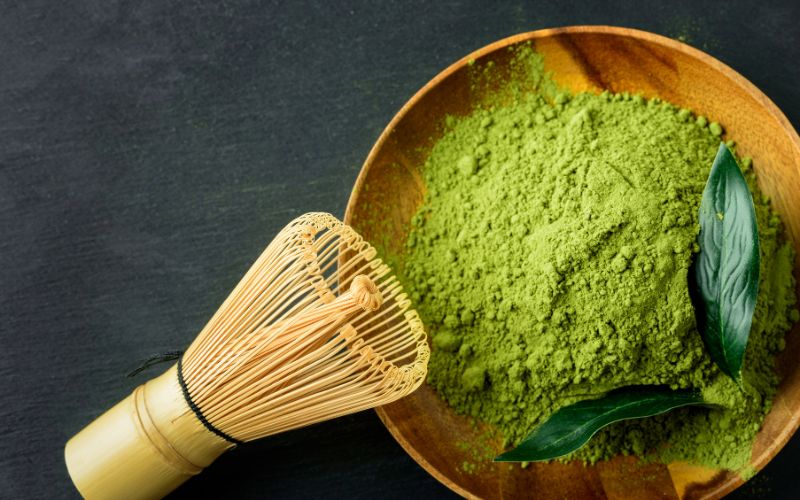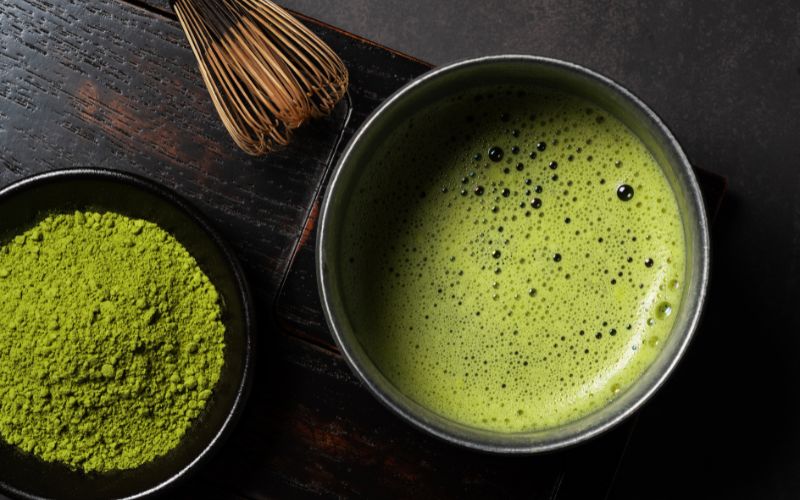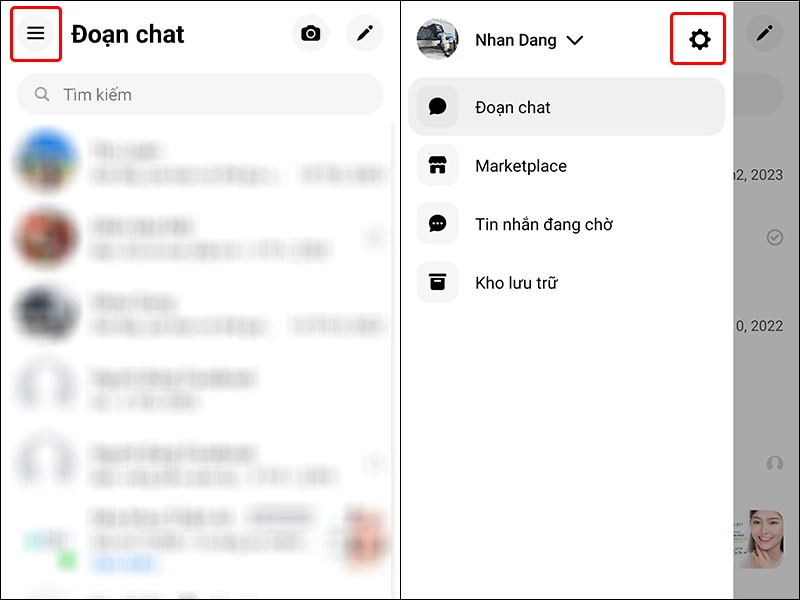If while brewing, you encounter matcha that settles, doesn’t dissolve completely, or doesn’t froth, it’s highly likely you’ve made one or more of the following mistakes. To perfect a delicious, robust cup of matcha, take note of the tips below! The causes of matcha not frothing or dissolving in water can be many, including:
1 Using Low-Quality Matcha Powder
Low-quality matcha powder will result in an inferior matcha beverage, incapable of frothing when whisked and prone to settling after preparation. Therefore, choose a premium matcha grade to ensure a flavorful and visually appealing cup of matcha. Each matcha grade varies in aroma, bitterness, and sweetness. Consequently, select a matcha grade that aligns with your beverage or dessert preparation needs.
 Low-quality matcha powder will result in an inferior matcha beverage
Low-quality matcha powder will result in an inferior matcha beverage
2 Failing to Sift Matcha Powder Before Preparation
Adding matcha powder directly to your cup can result in lumps, incomplete dissolution, and sediment. To ensure your matcha dissolves completely and remains lump-free, sift the matcha powder through a fine-mesh sieve. Next, add hot water to the cup and whisk the matcha vigorously using a chasen whisk.
 Failing to Sift Matcha Powder Before Preparation
Failing to Sift Matcha Powder Before Preparation
3 Not Using a Chasen Whisk to Prepare Matcha
Adding matcha directly to beverages without first whisking it separately using a chasen is another common error. A chasen whisk is an indispensable tool for matcha preparation. The chasen facilitates the dissolution of matcha in hot water and creates a characteristic layer of delicate froth.
If you don’t use a chasen whisk but instead rely on a spoon or electric frother, your matcha will lack the authentic, exquisite flavor. If you do use a chasen whisk but still experience minimal frothing, it’s possible your whisk is of poor quality or has broken tines.
 Not Using a Chasen Whisk to Prepare Matcha
Not Using a Chasen Whisk to Prepare Matcha
4 Improper Water Temperature
If you prepare matcha with water that is too cold, the matcha will not dissolve adequately and will fail to produce a layer of delicate froth. Conversely, excessively hot water can diminish the matcha’s distinctive flavor. Therefore, brew your matcha with water heated to approximately 70 – 80 degrees Celsius (158 – 176 degrees Fahrenheit).
 Improper Water Temperature
Improper Water Temperature
5 Mishandling Matcha Powder Storage
If matcha powder is stored improperly, it can easily lose its aroma, develop a dull color, or even become moldy. Consequently, store matcha powder in a sealed aluminum or glass container. To prevent matcha powder from deteriorating, you can refrigerate it.
 Mishandling Matcha Powder Storage
Mishandling Matcha Powder Storage
These are some of the common pitfalls to avoid when preparing matcha that we’ve identified. We hope this article has provided you with a better understanding of matcha and will help you steer clear of these mistakes!
Discover the Chasen: A Match Made in Matcha Heaven
Chasen is an essential tool for preparing matcha, the finely-ground green tea powder. This traditional Japanese whisk is used to create a frothy and smooth consistency that enhances the flavor and aroma of matcha. In this article, we will explore the intricacies of chasen and provide step-by-step instructions on how to use it to achieve the perfect cup of matcha.


































